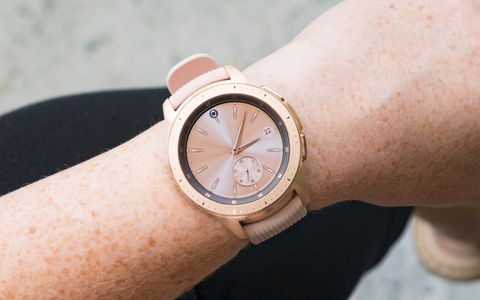

#Samsung s gear 2 watch review android
Not to mention the fact that there are now Android Wear devices such as the Moto 360 and even Samsung's own Gear Live, which command lower price tags - or the Gear S which packs GPS and its own SIM slot. The battery life is improved massively, the Gear 2 can splash around in water and dust thanks to being IP67 rated and comes in a range of nicer colours (rose gold and silver) and is generally a much better device - but is it worth the still-high price tag Samsung is commanding, especially when the Gear 2 Neo (the same smartwatch made out of inferior materials and dropping the camera) is so much cheaper? To alleviate that reason for purchase, Samsung has decided to add in some fitness ability with the Gear 2 in the shape of a refined pedometer and a heart rate monitor, as well as exercise tracking so you can run, walk, hike or cycle. The reason is simple: while the Gear 2 is a cool thing to have (Samsung doesn't want it being known as an accessory, rather a standalone device) it still struggles to have a real use case, which is why dropping that much money can be a hard sell to consumers still getting to grips with spending so much on a smartphone. That's close to the cost the original emerged at, and it suffered thanks to that price tag. While it's managed to bring in some key specs and improve the design somewhat, the Gear 2 is still a rather expensive smartwatch, coming in at £250 ($295, AU$350). You will need a compatible Samsung device in order to use the Gear 2, of which there are currently at least 18, including the Galaxy S5 and Galaxy Alpha, though surprisingly the Galaxy Note 4 isn't currently listed as officially supported. It's also now imbued with an infra-red blaster, meaning you can control your TV and set top box from the comfort of your own wrist. This means that you can now change straps on your Galaxy Gear, which is one of the main disadvantages we noted in the original.


 0 kommentar(er)
0 kommentar(er)
